Braun make up air damper--newer product, know anything about it?
julieste
11 years ago
Related Stories

MOST POPULARWhat to Know About Adding a Deck
Want to increase your living space outside? Learn the requirements, costs and other considerations for building a deck
Full Story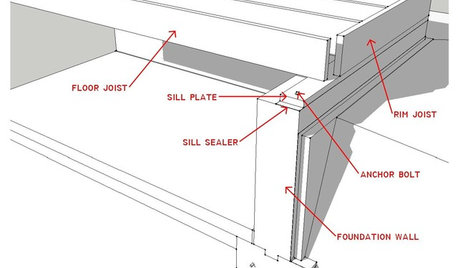
KNOW YOUR HOUSEKnow Your House: What Makes Up a Floor Structure
Avoid cracks, squeaks and defects in your home's flooring by understanding the components — diagrams included
Full Story
HEALTHY HOMEWhat You Need to Know About Dust and How to Fight It
Breathe easier with these 10 tips for busting mites, dander and other microscopic undesirables
Full Story
LIGHTINGWhat to Know About Switching to LED Lightbulbs
If you’ve been thinking about changing over to LEDs but aren't sure how to do it and which to buy, this story is for you
Full Story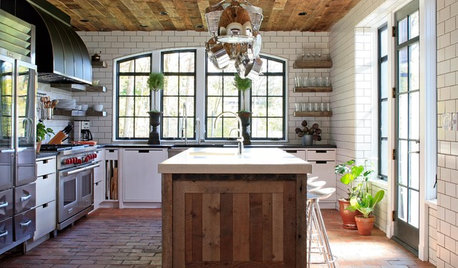
KITCHEN DESIGNWhat to Know About Using Reclaimed Wood in the Kitchen
One-of-a-kind lumber warms a room and adds age and interest
Full Story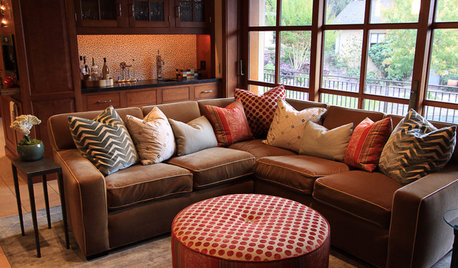
DECORATING GUIDESBulletproof Decorating: Upholstery That Stands Up to Anything
Kids and pets are no match for fabrics as durable as these, which meet higher style standards than ever
Full Story
HEALTHY HOMEWhat to Know About Controlling Dust During Remodeling
You can't eliminate dust during construction, but there are ways to contain and remove as much of it as possible
Full Story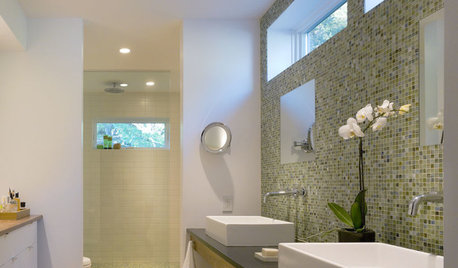
REMODELING GUIDESWhat to Know About Budgeting for Your Home Remodel
Plan early and be realistic to pull off a home construction project smoothly
Full Story
MATERIALSInsulation Basics: What to Know About Spray Foam
Learn what exactly spray foam is, the pros and cons of using it and why you shouldn’t mess around with installation
Full Story
GREAT HOME PROJECTSWhat to Know About Adding a Reclaimed-Wood Wall
Here’s advice on where to put it, how to find and select wood, what it might cost and how to get it done
Full StorySponsored
Your Custom Bath Designers & Remodelers in Columbus I 10X Best Houzz
More Discussions






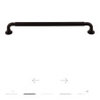

weedmeister
weedmeister
Related Professionals
Reedley Kitchen & Bathroom Designers · South Farmingdale Kitchen & Bathroom Designers · South Farmingdale Kitchen & Bathroom Designers · Hopewell Kitchen & Bathroom Remodelers · Chicago Ridge Kitchen & Bathroom Remodelers · North Arlington Kitchen & Bathroom Remodelers · Port Charlotte Kitchen & Bathroom Remodelers · South Plainfield Kitchen & Bathroom Remodelers · Spokane Kitchen & Bathroom Remodelers · Vista Kitchen & Bathroom Remodelers · Glenn Heights Kitchen & Bathroom Remodelers · Billings Cabinets & Cabinetry · Gaffney Cabinets & Cabinetry · Plymouth Cabinets & Cabinetry · West Freehold Cabinets & Cabinetrycaliente63
SparklingWater
caliente63
juliesteOriginal Author
GreenDesigns
mata
SparklingWater
caliente63
kaseki
SparklingWater
juliesteOriginal Author
kaseki
mata
weedmeister
weedmeister
juliesteOriginal Author
mata
Doba
SparklingWater
juliesteOriginal Author
kaseki
weedmeister
SparklingWater
kaseki
SparklingWater
juliesteOriginal Author
TonySak
weedmeister
marcolo
kaseki
caliente63
SparklingWater
kaseki
SparklingWater
kaseki
Adam F
kaseki
Doba